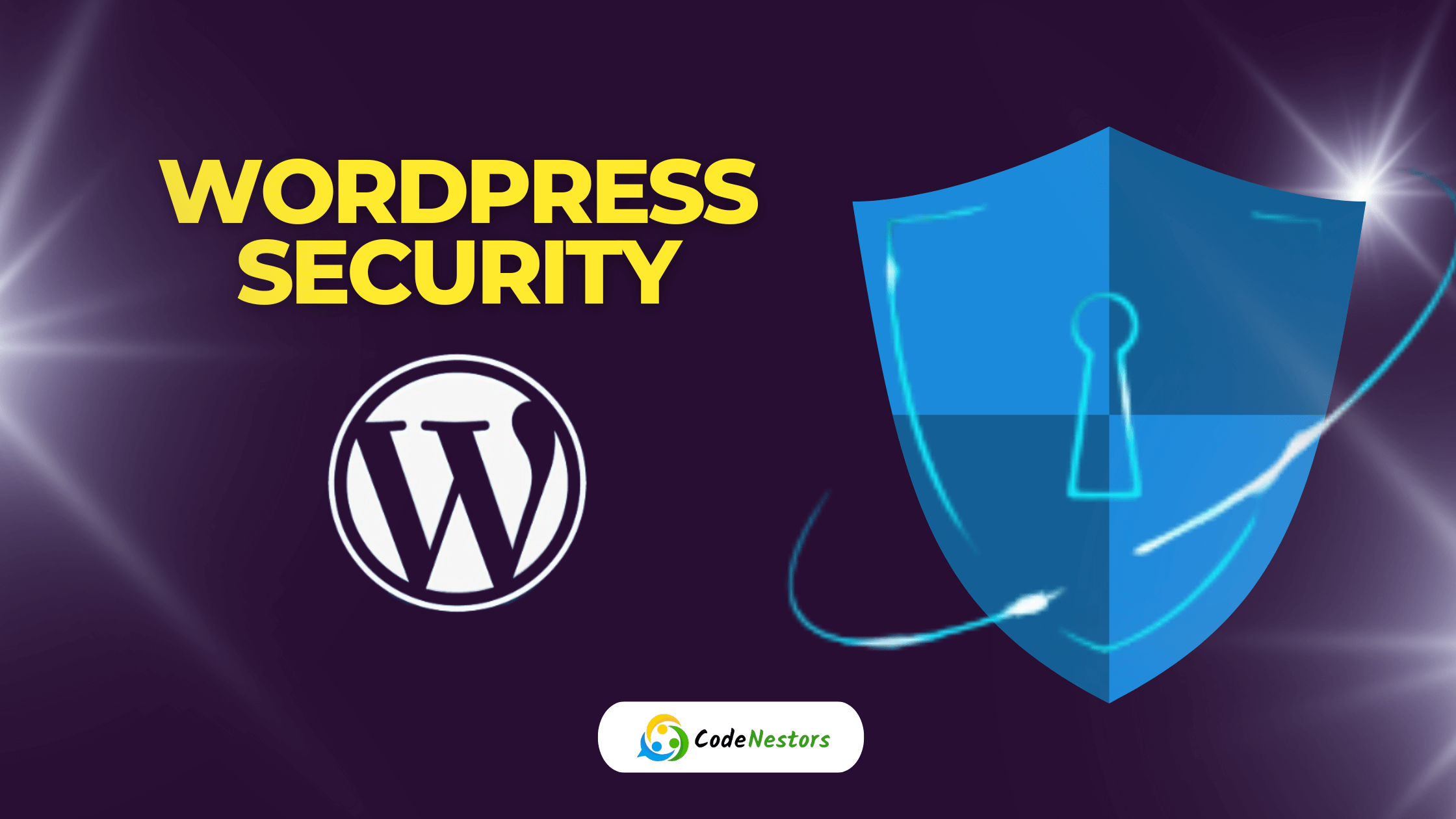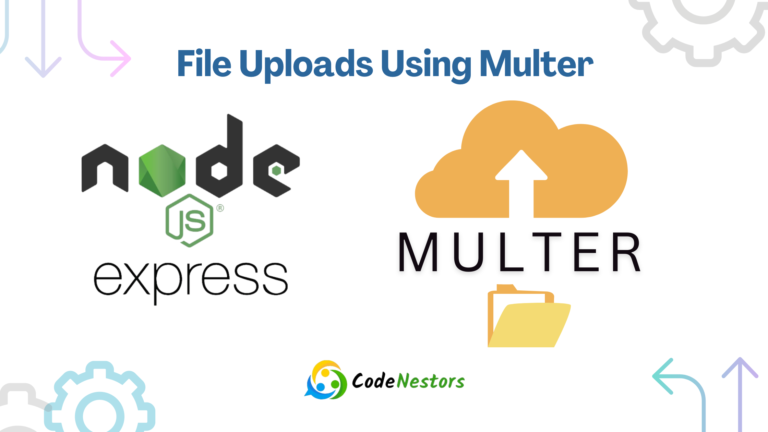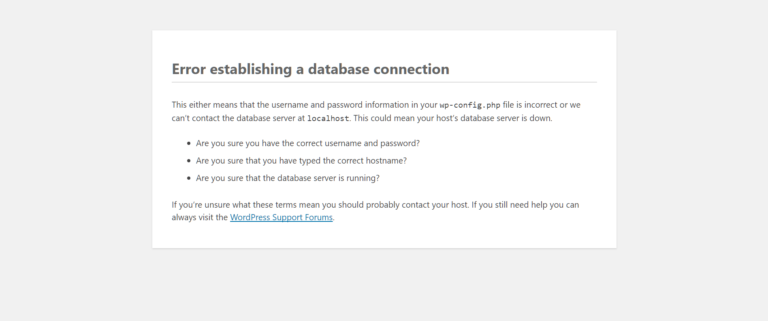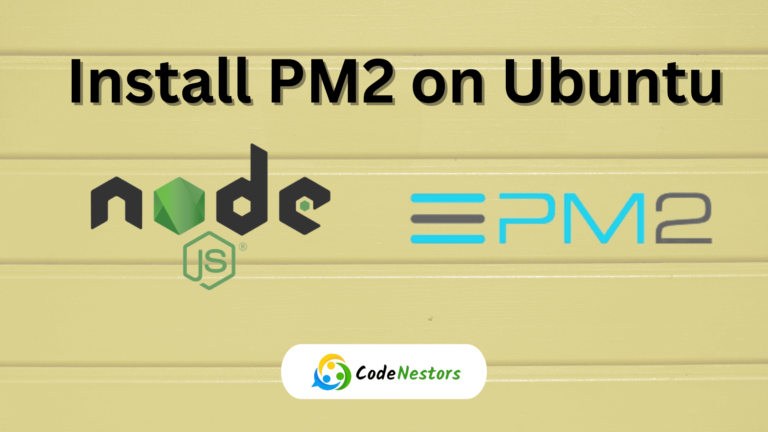The Ultimate Guide to WordPress Security: Protecting Your Website from Cyber Threats

WordPress as the powerhouse behind more than 40% of all websites on the internet, is a popular target for hackers and malicious actors. WordPress Security is not just recommended it’s essential for maintaining your online reputation, user trust, and the integrity of the content you worked so hard to create. In this guide we’ll dive into actionable steps to secure your WordPress site using both manual methods and free plugins ensuring that your website remains an impenetrable fortress against potential threats.
Understanding the Importance of WordPress Security
Before we delve into the WordPress security measures let’s understand why WordPress security is so crucial. A compromised website can lead to a multitude of problems, ranging from stolen user data to a tarnished brand image. Moreover, recovering from a security breach can be costly and time-consuming. Therefore, taking proactive steps to secure your WordPress site is a smart investment in your online presence.
Why WordPress Security is Non-Negotiable
With over 90,978 attacks per minute on WordPress sites worldwide, security isn’t just an afterthought; it’s a cornerstone of website development. A breach can cost you not only data but also customer trust and significant business revenue. In fact, 60% of small companies that suffer a cyber attack are out of business within six months, underscoring the dire need for robust security measures.
Method 1 : Manually Securing Your WordPress Site
Keep Your WordPress Updated
Updates are vital for security and functionality. Ensure that your core WordPress software, themes, and plugins are always up-to-date.
| Aspect | Percentage of Outdated Sites | Impact on Security |
|---|---|---|
| Core Version | 40% | High |
| Plugins | 55% | Critical |
| Themes | 33% | Moderate |
Strong Passwords and User Permissions
Implement strong passwords for all user accounts and limit user permissions to only what is necessary for each role. The principle of least privilege can significantly reduce the risk of unauthorized access.
| Method | Effectiveness |
|---|---|
| Strong Passwords | 80% |
| User Permissions | 70% |
| Two-Factor Auth. | 90% |
Disable File Editing
By default WordPress allows administrators to edit PHP files of plugins and themes within the dashboard. Disabling this feature ensures better security by preventing code manipulation.
The .htaccess Shield: Advanced Protection
Enhance security by configuring your .htaccess file to:
- Prevent directory browsing
- Disable PHP file execution in untrusted directories
- Set secure file permissions
Method 2 : Utilizing Free Security Plugins
There are abundant free security plugins available for WordPress that help you achieve a robust security posture without the need for technical expertise.
Wordfence Security
Wordfence is one of the most popular WordPress security plugins. It includes an endpoint firewall and malware scanner built specifically for WordPress.
| Feature | Availability |
|---|---|
| Firewall Protection | Yes |
| Malware Scanner | Yes |
| Real-Time Threat Feed | Yes |
Sucuri Security
Sucuri Security offers a variety of features such as security activity auditing, file integrity monitoring, and malware scanning. It’s a comprehensive solution for WordPress security.
| Feature | Availability |
|---|---|
| Activity Auditing | Yes |
| File Monitoring | Yes |
| Malware Detection | Yes |
iThemes Security
iThemes Security, formerly known as WP Security, bolsters your site’s security by addressing common vulnerabilities and automated attacks.
| Feature | Availability |
|---|---|
| Brute Force Prot. | Yes |
| File Change Det. | Yes |
| Database Backups | Yes |
Conclusion
The steps to a fortified WordPress are clear: update regularly, establish strong credentials, configure advanced file protections, and enlist the aid of top-tier, free security plugins. Don’t allow your website to be part of the statistics of breached sites. Act now to implement these proven security measures.
Download the “Guide to WordPress Security” and start fortifying your website. Elevate your site’s defenses and ensure its fortitude against cyber threats. Be proactive, be secure, and most importantly, be at peace knowing you’ve taken the necessary steps to protect your digital presence.
Developers, this is your wake-up call. The integrity of your WordPress site and the safety of its users are in your hands. Secure your WordPress site now—the future of your online endeavors depends on it.
FAQ
How often should I update my WordPress site?
Immediately upon release of new updates to ensure all security patches are applied.
Can a free plugin provide enough security for my website?
Yes, many free plugins offer comprehensive security features that are adequate for most websites.
Is a strong password really that important?
Absolutely! A strong password can be the difference between a secure account and a compromised one.






One Comment